Read the stories of four that either survived or succumbed to the flames, and how they reemerged from the ruins.
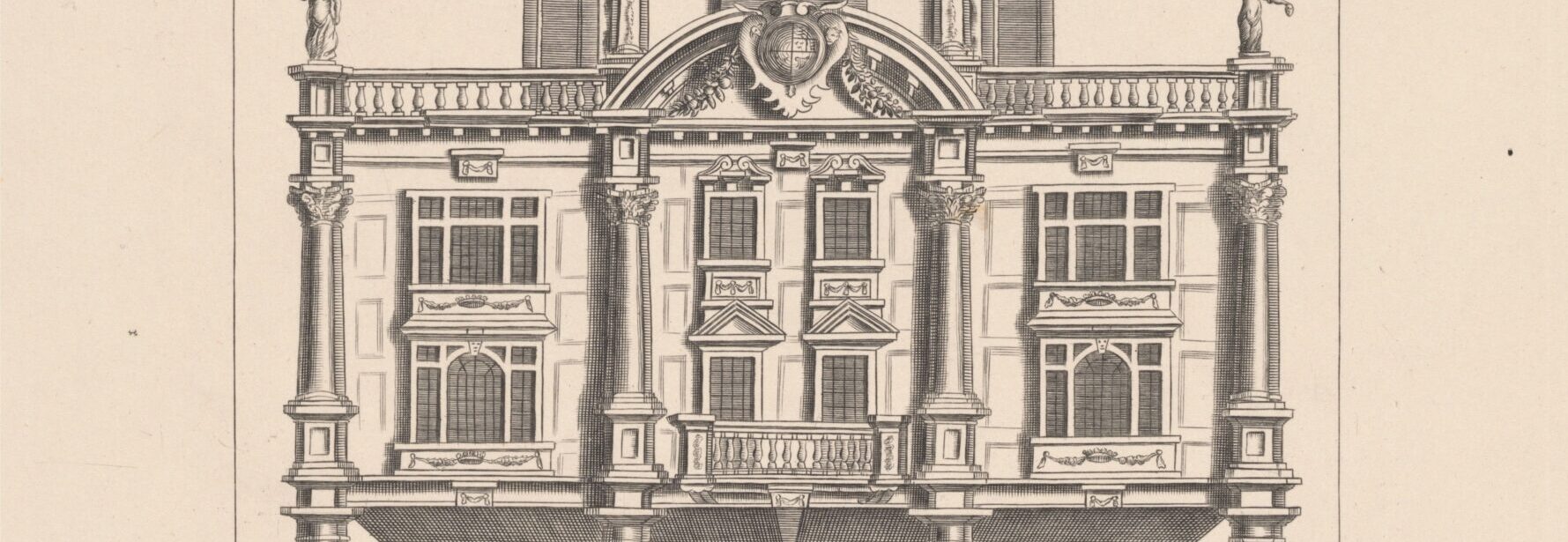
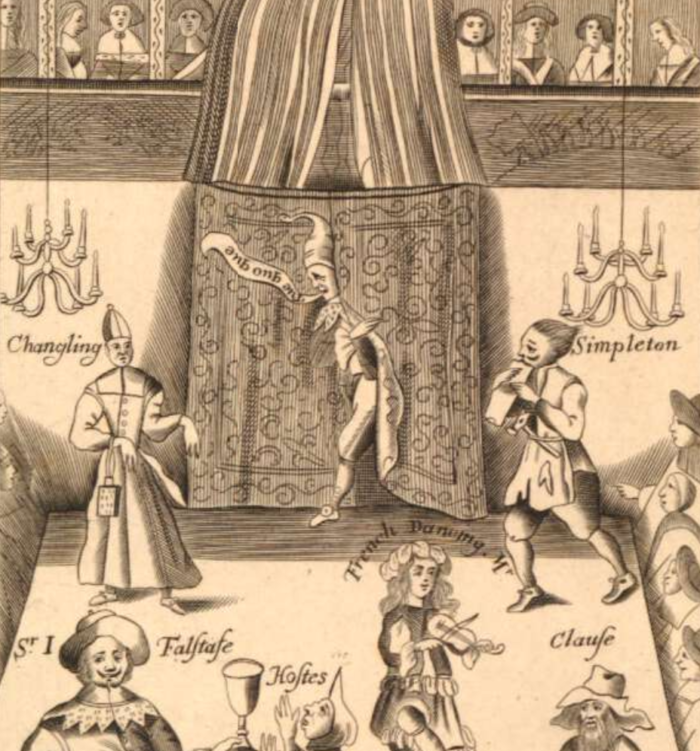
'Inside of the Red Bull Playhouse', 1809 copy of the frontispiece to Francis Kirkman's 'The Wits, or Sport upon Sport' originally published in 1662 © The Trustees of the British Museum
In the early seventeenth century the Earl of Dorset leased additional land and buildings in the grounds of his mansion, Dorset House, between Fleet Street and the River Thames to construct an enclosed and private playhouse.
Unlike the Globe, Fortune and Red Bull – open-air theatres designed for large public audiences – Salisbury Court Theatre was aimed at attracting wealthier members of society. At that time, it was just one of four theatres in London.
Samuel Pepys, a keen theatre goer was often in the audience and recorded several visits to Salisbury Court in his diary. Pepys made the following entry on 2 March 1661:
After dinner I went to the Theatre where I found so few people (which is strange, and the reason I did not know) that I went out again; and so to Salisbury Court, where the house as full as could be; and it seems it was a new play, The Queen’s Masque, wherein are some good humours: among others a good jeer to the old story of the Siege of Troy, making it to be a common country tale. But above all it was strange to see so little a boy as that was to act Cupid, which is one of the greatest parts in it.

At the start of the English civil war in 1642, the Long Parliament under Oliver Cromwell ordered that all London theatres were to close. Puritans saw public stage-plays as being connected with “lascivious Mirth and Levity” and not appropriate for the times.
Salisbury Court was the last theatre to be built before the closing of the theatres in 1642. For nearly 20 years during the Interregnum, theatres were officially banned from putting on plays making the Salisbury Court Theatre’s life uncertain. However, there is evidence that occasional public performances did take place there despite the official ban and in 1647 there was a brief more open return to acting. Unfortunately, government authorities cracked down again in 1649, and the interiors of Salisbury Court theatre along with the Fortune and the Cockpit were badly damaged by soldiers, rendering them unfit for public performances.
It was not until the Restoration of the monarchy when Charles II became king in 1660, that theatres once again reopened. The King granted permission for a company of actors to be formed called the Duke’s Men. Named after the King’s brother, James, Duke of York, they were founded and run by Sir William Davenant, Poet Laureate and theatre developer. The company performed in Salisbury Court Theatre which had been newly refurbished by William Beeston, theatre manager and actor.
The Salisbury Court’s new run was a brief one. In 1666 the Fire of London completely destroyed the theatre bringing its return to an abrupt end.

Just two years later Sir William Davenant died in 1668. However, his widow Henrietta Maria, and the Davenant family raised funds to develop a new theatre. Together with the famous actor Thomas Betterton, they rebuilt slightly further south and opened in a new riverside location in 1671. This enabled wealthy theatre-goers to arrive by boat in an effort to avoid the pickpockets and thieves operating in the surrounding district of Alsatia (an area within Whitefriars), which was a well-known hide-away for debtors and criminals.
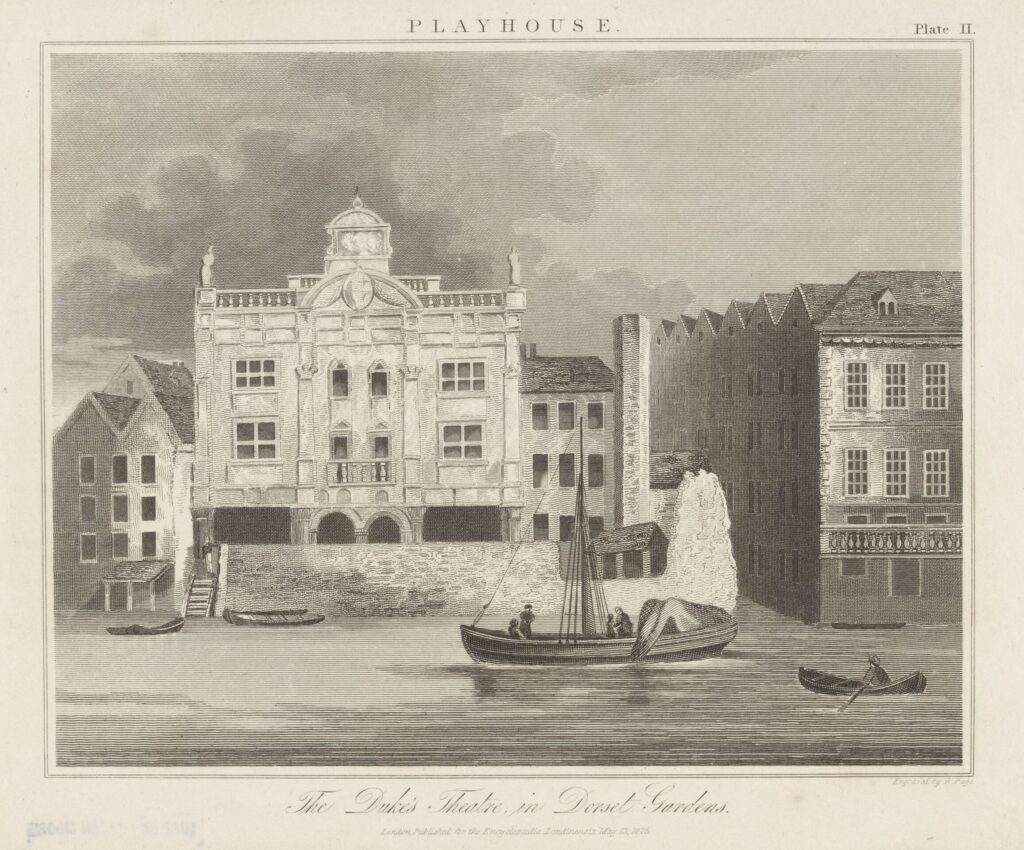
The design of the theatre is often attributed to Sir Christopher Wren, although debate surrounds this. Nevertheless, the new theatre, renamed Dorset Gardens, was large, sumptuous and the grandest playhouse at that time. It had a rectangular ground plan with the side parallel to the river being 140 ft long and the shorter sides at right angles to the river 57 ft long. This fine purpose-built theatre was the first in England to have movable scenery. It also featured rich ornamentation by the up-and-coming carver Grinling Gibbons, who later became carver to the King.

The façade facing the river was very decorative with two upper stories of the front supported by columns which formed an arcade at the ground floor. These two stories provided accommodation, including that for Thomas Betterton the star actor. The statues on the corners at the front were statues of two of the Greek muses associated with theatre, Melapomene, the muse of tragedy, and Thalia the muse of comedy. At the centre the Duke of York’s coat of arms was set in the arch, gesturing to the fact that it was The Duke’s men who played here.
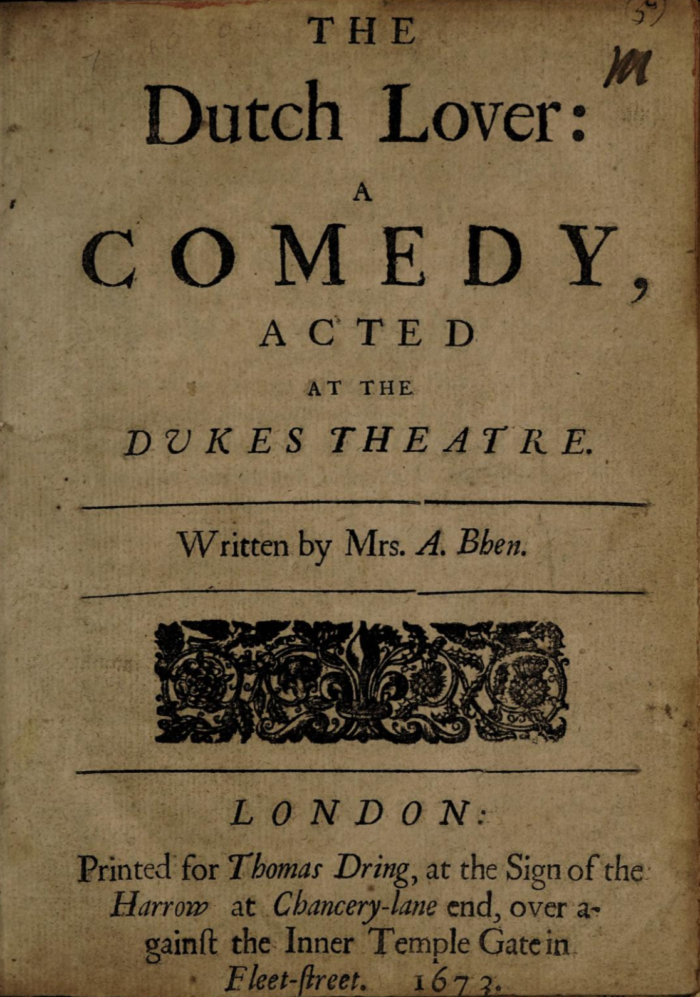
The Dutch Lover by Mrs Aphra Behn, 1673
Plays were performed that included The Dutch Lover (1673) by the celebrated female playwright Aphra Behn, who apparently complained that she was unable to meet in secret because the theatre was so well lit by candles!
In 1682 the King’s and Duke’s companies combined to become the United Company as they both suffered from low audience numbers during the turmoil of the Popish Plot period between 1678 and 1681. They then abandoned the Dorset Gardens Theatre in favour of the new Drury Lane Theatre Royal. Afterwards, Dorset Gardens had a patchy career as the Queen’s Theatre but drama was steadily overtaken by popular entertainments such as wrestling. It was eventually demolished in about 1720.
Read more about the Duke’s Theatre and the Dorset Garden’s role in The Story of Theatre at the V&A.

Aphra Bhen lodged in St Bride’s parish in 1683 in the house of a Mr Coggin. She was the first British female writer to earn a living from writing for the stage but not the first British woman to have a play professionally produced in London. Frances Boothby had that honour with her play Marcella produced by The King’s Company in 1669.
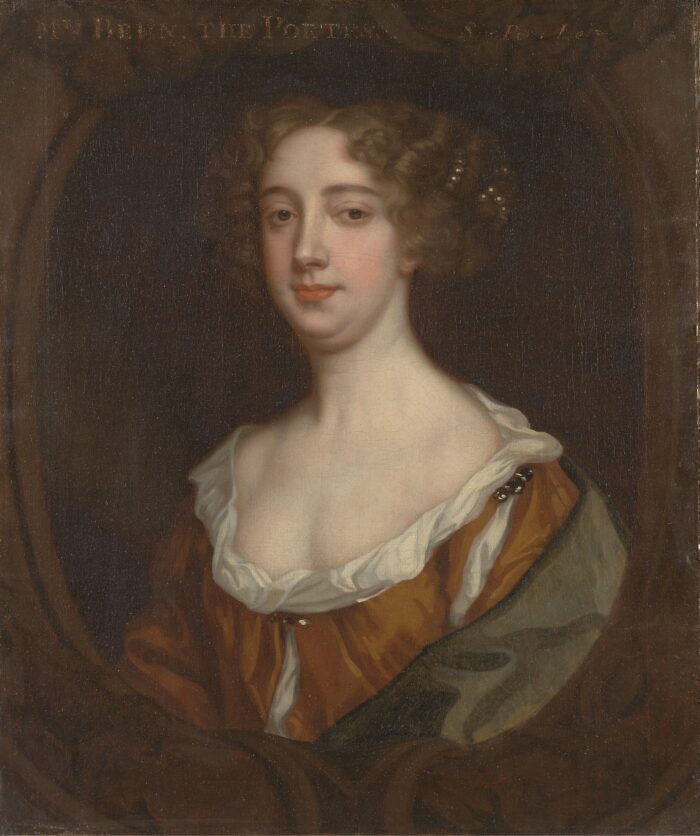
Aphra Behn by Sir Peter Lely, circa 1670, Yale Center for British Art
On 20 September 1670 the Duke’s Company put on The Forced Marriage by Aphra Behn, the Company’s first original work by a woman. It was immensely popular, lasting for six rather than the usual one or three nights and the King went to see it too.
It is suggested that Aphra Behn enjoyed working for The Duke’s Company in part because Mary Davenant’s influence there. She was also a good friend of John Dryden who worked for the Duke’s Company too.
Aphra died in 1689 and was buried in the eastern cloister of Westminster Abbey.
Read the stories of four that either survived or succumbed to the flames, and how they reemerged from the ruins.
Keep up to date with the latest news ...